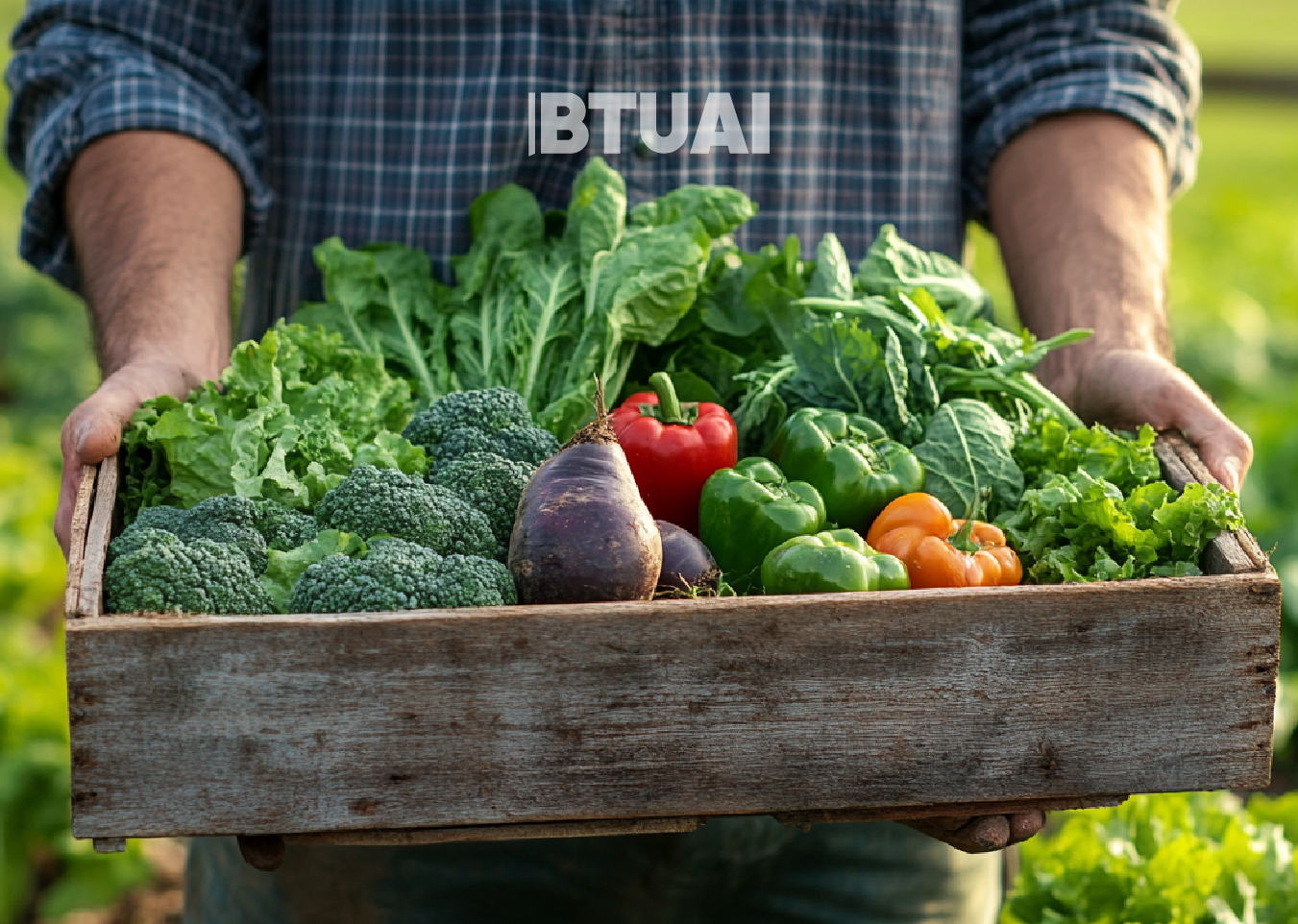The Circulation of Georgian Agro Products in Europe
Georgia has once again demonstrated that its agri-food sector remains one of its strongest export domains. According to data

Georgia has once again demonstrated that its agri-food sector remains one of its strongest export domains. According to data released by the Ministry of Environmental Protection and Agriculture, in the first quarter of 2025, the export of agri-food products to EU countries reached USD 56.9 million—a 19% increase compared to the previous year. This pace of growth clearly indicates that the demand for Georgian agricultural products in the EU is not a one-time spike, but a sustained upward trend.
Behind this dynamic lie several standout products. Hazelnuts remain the frontrunner, with export revenues increasing by USD 5.2 million to surpass USD 19 million, reflecting an annual growth rate of 37.68%. These numbers are more than statistics—hazelnuts continue to be one of the most critical products for the regional farming sector, now resonating across broad European markets.
Particularly noteworthy is the 307.14% surge in the export of fruit and vegetable juices. This not only reflects the diversification of Georgian production but also a growing interest from European consumers in natural, eco-friendly, and healthy beverages. In Germany alone, exports in this category grew by USD 4.3 million, reaching a total of USD 5.3 million—highlighting that strategic adaptation to individual markets yields tangible results.
Amid this backdrop, wine exports have also shown a convincing upward trajectory. A USD 2.3 million increase points to a rising demand for Georgian wine not only in traditional markets such as Russia or China but also within the European Union. Overall, wine exports reached USD 11.2 million, representing a 25.84% growth rate.
Among individual EU countries, Germany remains Georgia’s most significant export market, with a 43% increase. Italy, on the other hand, witnessed a 3.2-fold surge in exports, surpassing USD 5.9 million—primarily driven by expanded hazelnut exports.
Of further interest is the growth in wine exports to China, which rose by USD 1.2 million, totaling USD 3.2 million. This data reflects a global trend: Georgian products are not only regionally relevant but also hold increasing potential on the international stage.
This expansion of exports to the EU market is not merely a matter of quantity—it is the result of policies aimed at aligning Georgian agri-products with European regulations. When products meet EU standards in terms of quality, packaging, and safety, they gain a genuine opportunity to position themselves competitively in the market.
Therefore, for Georgia, this is more than just economic statistics. It represents one of the clearest outcomes of its agricultural policy and growing economic integration with Europe. Strategic development of agriculture, including the support of traditional crops and the formation of a modern processing sector, lays the foundation for even greater export growth to Europe.
In summary, Georgia’s agri-food export to Europe is not just a trend—it is a signal of strategic and stable growth, positioning the country as a strong international partner in one of the world’s most competitive markets.
Would you like a short version for social media or a presentation as well?




